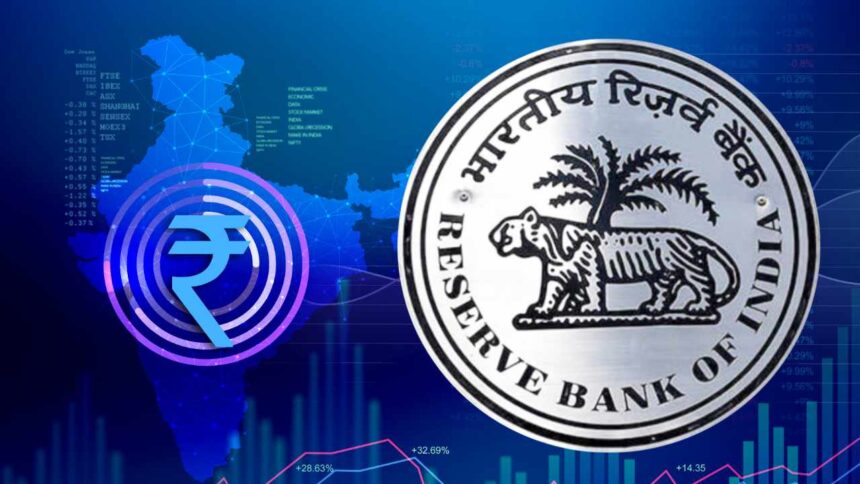Introduction
India’s financial landscape is evolving with the introduction of the RBI Digital Rupee, Digital Rupee paymentse, the Reserve Bank of India’s (RBI) central bank digital currency (CBDC). Launched in 2023 and rapidly adopted in 2025, the Digital Rupee is poised to revolutionize how we conduct everyday transactions. Whether you’re a shopkeeper, student, or tech-savvy professional, understanding how to use the Digital Rupee can future-proof your payments and simplify your financial life.
What Is the Digital Rupee?
The Digital Rupee is a digital version of physical currency issued by the RBI. Unlike cryptocurrencies, it’s centralized, backed by the Indian government, and mirrors the value of the Indian Rupee. According to the RBI’s official announcement, the CBDC aims to reduce dependency on cash, improve security, and enhance transparency in transactions.
Where Can You Use It?
- Retail payments: Grocery stores, pharmacies, and restaurants now accept Digital Rupee via QR codes.
- Peer-to-peer (P2P) transfers: Instantly send money to family and friends without bank involvement.
- Utility payments: Pay electricity, water, and mobile bills through compatible apps.
- Government subsidies: Direct transfers to citizens in e₹ wallets are becoming the norm.
How to Get Started
To begin using the Digital Rupee, follow these steps:
- Download a wallet: Install a CBDC-compatible app like the ICICI Bank e₹ wallet.
- Complete eKYC: Link your wallet to your Aadhaar/PAN to comply with RBI guidelines.
- Load funds: Transfer INR from your bank account to your Digital Rupee wallet.
- Scan and pay: Use UPI-compatible QR codes at local merchants or send money to friends instantly.
Benefits of Using Digital Rupee
- Instant settlement: No more waiting for NEFT or RTGS clearances.
- Zero transaction fees: Most wallets offer fee-free transfers, unlike traditional banking.
- Enhanced security: Transactions are traceable and tamper-proof, reducing fraud risk.
- Offline functionality: Many pilot programs support transactions without active internet.
Challenges and Considerations
Despite its advantages, the Digital Rupee also raises concerns. Privacy advocates worry about traceability, while small businesses are still adapting to QR infrastructure. Internet accessibility and user education remain key hurdles, particularly in rural India RBI Digital Rupee, Digital Rupee payments.
Comparison: Digital Rupee vs UPI
| Feature | Digital Rupee | UPI |
|---|---|---|
| Regulation | By RBI | Operated by NPCI under RBI |
| Settlement | Immediate finality | Bank-mediated |
| Offline Mode | Available in some pilots | Requires internet |
Conclusion
The Digital Rupee is transforming the way Indians pay, save, and transact. From everyday retail payments to government disbursements, the CBDC is designed for both scale and security. Early adopters are already reaping the benefits, and with upcoming integrations into digital ecosystems, usage is expected to soar. Want to dive deeper into digital payments? Check out our guide on Understanding India’s Digital Payment Landscape.
Start using the Digital Rupee today and be part of India’s financial future!


